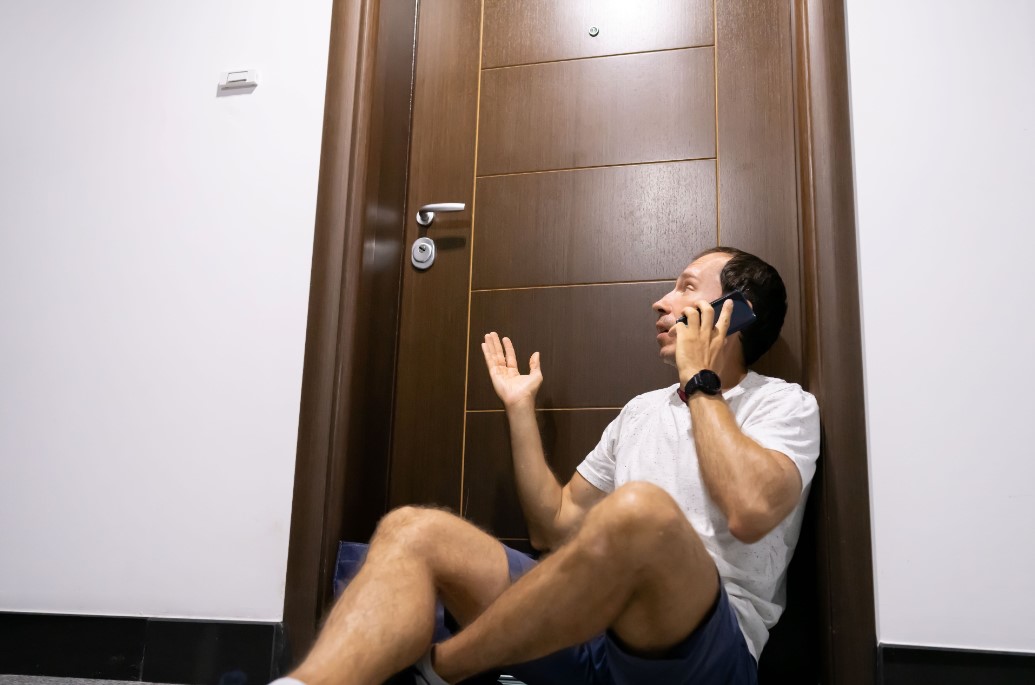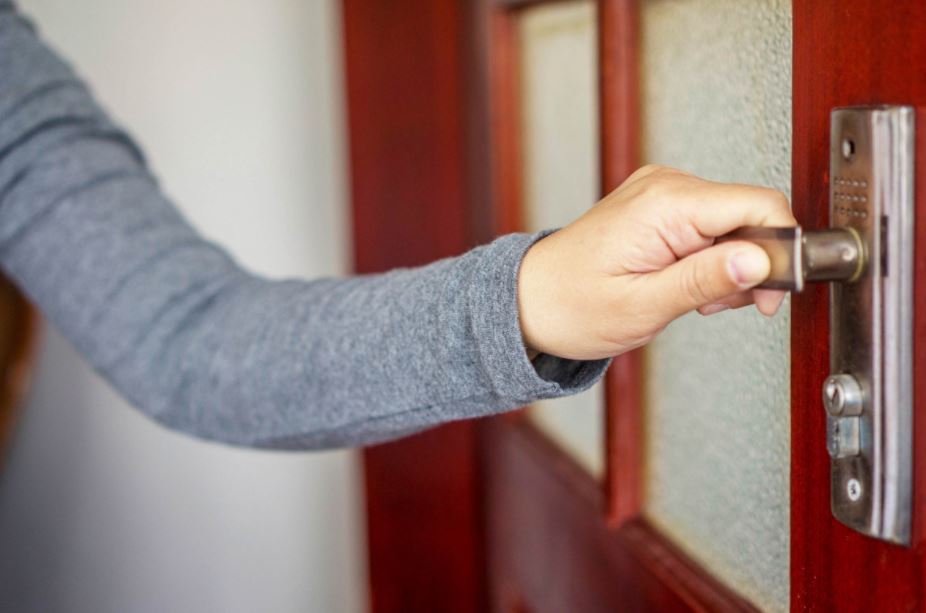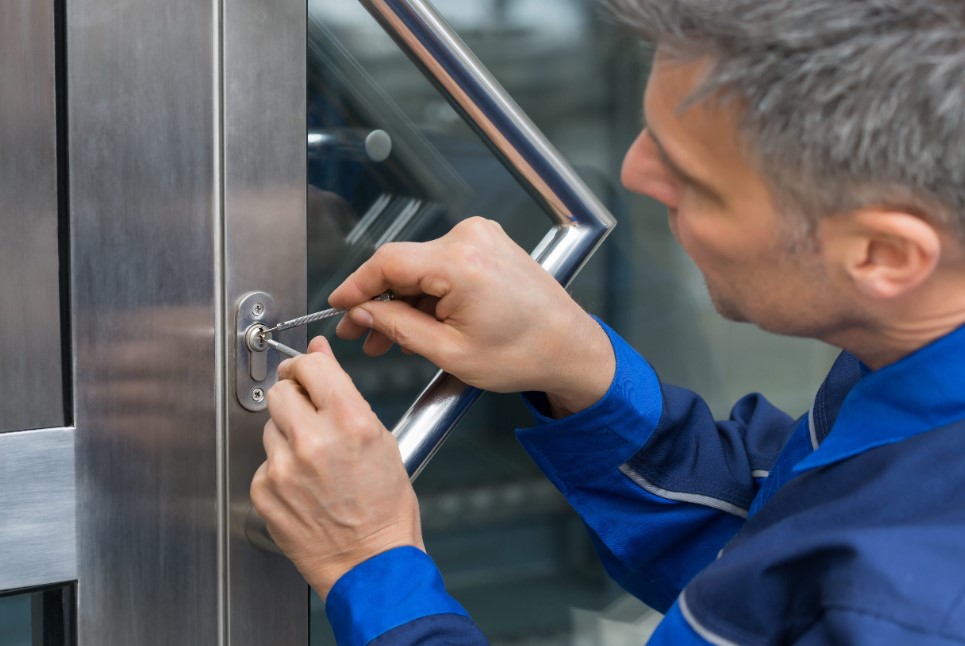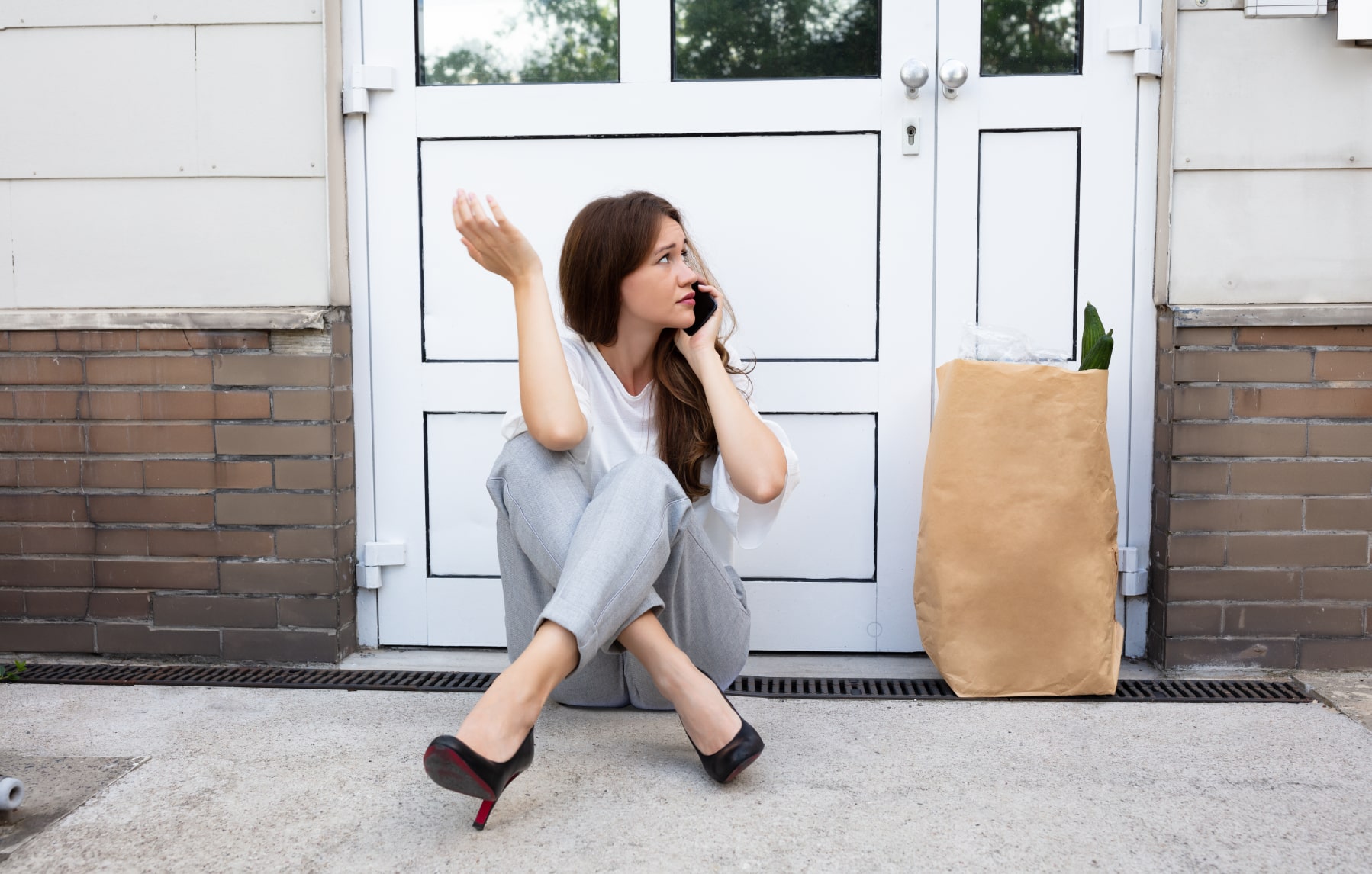
Source: managementone.com
Locked out of your home? It’s a situation that happens to everyone at least once. It’s frustrating and inconvenient, and it always seems to happen at the
worst possible time. But don’t panic! Here’s your comprehensive, step-by-step guide to navigating this common predicament. Let’s explore the process from assessing the situation to getting back inside your home safely.
1. Stay Calm and Assess the Situation
The first and most important step is to keep your calm. Panic can exacerbate the problem, leading to poor decisions. Take a few deep breaths and assess your situation. Ensure that you are in a safe environment, especially if it’s late at night or you’re in an unfamiliar area. If you feel unsafe, consider heading to a nearby store or restaurant where you can call for help. Find a locksmith kansas city.
2. Check All Access Points
Before despair sets in, take a proactive and systematic approach by meticulously checking all possible access points. It’s astonishingly easy to overlook an unlocked back door, window, or even garage in the whirlwind of realizing you’re locked out. Below are the steps and considerations to ensure you thoroughly check all access points:
A. Doors
- Front and back doors ─ Begin with the most obvious points: the front and back doors. Sometimes, a door may not be latched properly, allowing you easy entry.
- Sliding doors ─ Don’t forget sliding glass doors or patio doors. These are often overlooked and might just be your way in.
- Garage doors ─ If you have an attached garage and a door leading inside from the garage, check these doors as well. The garage itself might be unlocked, giving you access to an internal door that may be unlocked.
B. Windows
- Ground floor windows ─ Inspect all windows on the ground floor. Ensure you check each window to see if they might be unlocked or open.
- Upper-floor windows ─ If it’s safe to do so, check the windows on the upper floors as well. Use a stable ladder and ensure you have someone to hold it for you to prevent accidents.
C. Other Entry Points
- Pet doors ─ A pet door can be an unconventional entry point. If it’s large enough, you or someone else might be able to fit through.
- Basement doors or windows ─ If you have a basement with doors or windows, ensure you check these as well.

Source: momdoesreviews.com
D. Be Mindful of Security
While checking all these access points, be mindful of the security implications. Avoid breaking windows or damaging doors as this can compromise your home’s security, lead to expensive repairs, and potentially attract unwanted attention.
E. Neighbor Assistance
If you’re unable to access certain windows or doors without help, ask a neighbor for assistance. They may have tools, like a ladder, that you can borrow, or they can provide an extra pair of hands to ensure your safety while checking hard-to-reach areas.
3. Call Someone with a Spare Key
If you’ve given a spare key to a trusted friend, family member, or neighbor, now is the time to call them. It might be a bit of an inconvenience, but it’s one of the quickest and easiest ways to regain access to your home.
4. Consider the Waiting Game
If you can afford the time to wait, think about whether someone who lives with you will be coming home soon. It may be more practical to wait for a roommate, partner, or family member to arrive and let you in.
5. Professional Locksmith Services
If other options aren’t available, it’s time to call a professional locksmith. Ensure you choose a reputable service. Locksmith scams are unfortunately common, and you don’t want to end up paying exorbitant fees or dealing with unqualified individuals.
Finding a Reputable Locksmith
- Research ─ Look for local locksmiths online and read reviews.
- Verify ─ Ensure the locksmith is licensed and insured.
- Get an estimate ─ Ask for a price quote before the locksmith comes to your location.

Source: pinterest.com
6. Temporary Solutions
If you can’t get inside right away and it’s not safe to wait outside, find temporary accommodations. You might need to consider staying with a friend, or family member or booking a hotel room for the night.
7. Prevent Future Lockouts
Once you’re back inside your home, take steps to prevent future lockouts.
- Spare keys ─ Leave a spare key with someone trustworthy.
- Smart locks ─ Consider installing a smart lock system that allows you to unlock your door with a code or smartphone.
- Hidden key ─ Use a lockbox or another secure method to hide a key outside your home.
8. Dealing with the Aftermath
After regaining access to your home, you might need to address any damage or changes made to your locks. If a locksmith had to break a lock to allow entry, you would need to replace it. This is a good time to consider the quality and functionality of your locks.
- High-quality locks ─ Opt for high-security locks. They may cost more, but the investment is worth it for the added security.
- Lock type ─ Consider different types of locks. Deadbolt locks offer more security compared to spring bolt locks.
- Professional installation ─ Have the locks professionally installed to ensure they work correctly and provide maximum security.
9. Evaluate Home Entry Points
Take the time to evaluate all the entry points to your home. Ensure windows and doors are secure and in good working order. If you found an unlocked window during your lockout, it might be a sign that you need to be more vigilant about home security.
- Window locks ─ Install sturdy locks on all windows.
- Security system ─ Consider installing a home security system.
- Regular checks ─ Regularly check doors and windows to ensure they are securely locked.

Source: amlock.com.au
10. Learn from the Experience
Use this experience as a learning opportunity. Assess what led to the lockout and what could be done differently to prevent it in the future.
- Routine checks ─ Make it a habit to ensure you have your keys before leaving the house.
- Backup plans ─ Establish and communicate backup plans with all family members for any future lockouts.
- Emergency contacts ─ Keep a list of emergency contacts, including a reliable locksmith, in your phone.
11. Communication is Key
Communicate with your family about the lockout incident and the strategies you’ve implemented to avoid future problems. Ensuring every family member knows what to do in a lockout situation is crucial for smooth resolution in the future.
12. Insurance Check-Up
If your lockout resulted in any damage to your property or locks, check your home insurance policy to see if the repairs or replacements are covered. Some insurance policies cover the cost of a locksmith or related damages, so it’s worth checking and making a claim if applicable.
Final Words
While getting locked out is a hassle, following these steps can help alleviate the stress and uncertainty of the situation. Ensure you prioritize your safety throughout the process, carefully vet any professional help, and take proactive measures to prevent future lockouts.
Each step in this guide is designed to bring you closer to a resolution, minimizing the disruption to your life and ensuring your ongoing safety and security. With thoughtful action and a calm approach, you’ll be back inside your home in no time, equipped with the knowledge and strategies to prevent future lockouts.